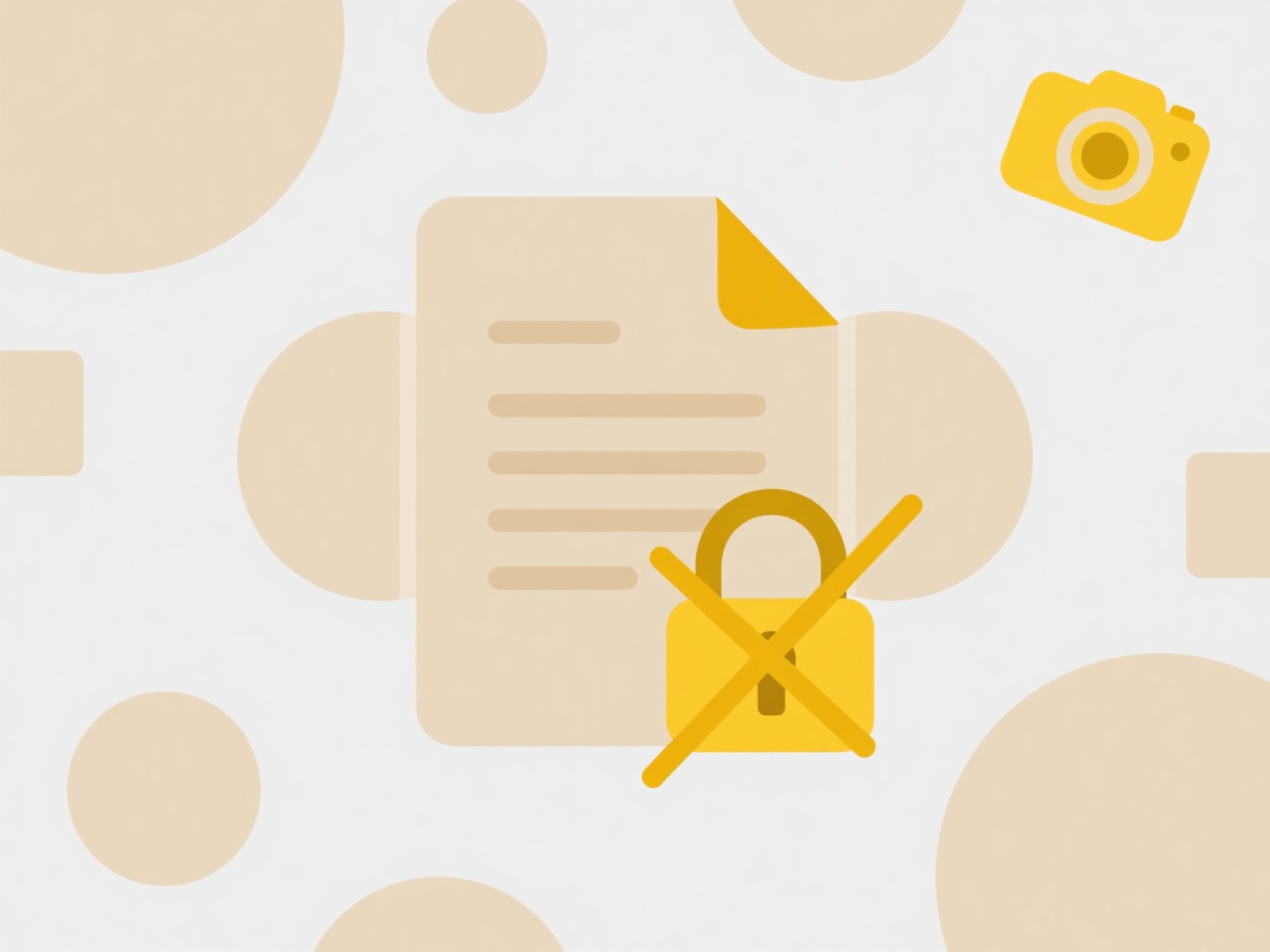
Detecting duplicate files in SharePoint involves identifying multiple files with identical content, regardless of file name or location, to avoid redundant storage and maintain organized repositories. While SharePoint allows files with the same name in different libraries or folders, it doesn't inherently prevent uploading truly identical content elsewhere. Users must manually compare files or use features like version history, which tracks changes but won't flag separate duplicate files proactively.

Common scenarios include teams inadvertently uploading the same report twice after revisions or during migrations when legacy files already exist. Tools like Microsoft Purview or third-party solutions (e.g., ShareGate, AvePoint) scan libraries using hashing algorithms (MD5, SHA) to identify byte-for-byte identical files. Administrators often run these checks before major data cleanups or migrations to optimize storage.
The main advantage is reducing storage costs and preventing version confusion. However, SharePoint lacks built-in, automated duplicate blocking, requiring manual scripts or paid add-ons. Ethical handling is crucial to avoid accidental deletion of necessary files. Future enhancements may include native AI-powered duplicate detection, encouraging users to adopt consistent naming conventions until then to minimize conflicts.
How do I detect duplicate files uploaded to SharePoint?
Detecting duplicate files in SharePoint involves identifying multiple files with identical content, regardless of file name or location, to avoid redundant storage and maintain organized repositories. While SharePoint allows files with the same name in different libraries or folders, it doesn't inherently prevent uploading truly identical content elsewhere. Users must manually compare files or use features like version history, which tracks changes but won't flag separate duplicate files proactively.

Common scenarios include teams inadvertently uploading the same report twice after revisions or during migrations when legacy files already exist. Tools like Microsoft Purview or third-party solutions (e.g., ShareGate, AvePoint) scan libraries using hashing algorithms (MD5, SHA) to identify byte-for-byte identical files. Administrators often run these checks before major data cleanups or migrations to optimize storage.
The main advantage is reducing storage costs and preventing version confusion. However, SharePoint lacks built-in, automated duplicate blocking, requiring manual scripts or paid add-ons. Ethical handling is crucial to avoid accidental deletion of necessary files. Future enhancements may include native AI-powered duplicate detection, encouraging users to adopt consistent naming conventions until then to minimize conflicts.
Quick Article Links
Can I access cloud files through a web browser only?
Accessing cloud files through a web browser is indeed a primary method. Cloud file storage services typically provide de...
Why does scanning software create duplicate files?
Scanning software creates duplicate files primarily to preserve multiple versions or variations of a scanned document du...
Why can’t I open files from email attachments?
Email attachments may not open due to common technical restrictions or security measures. Most systems prevent direct op...